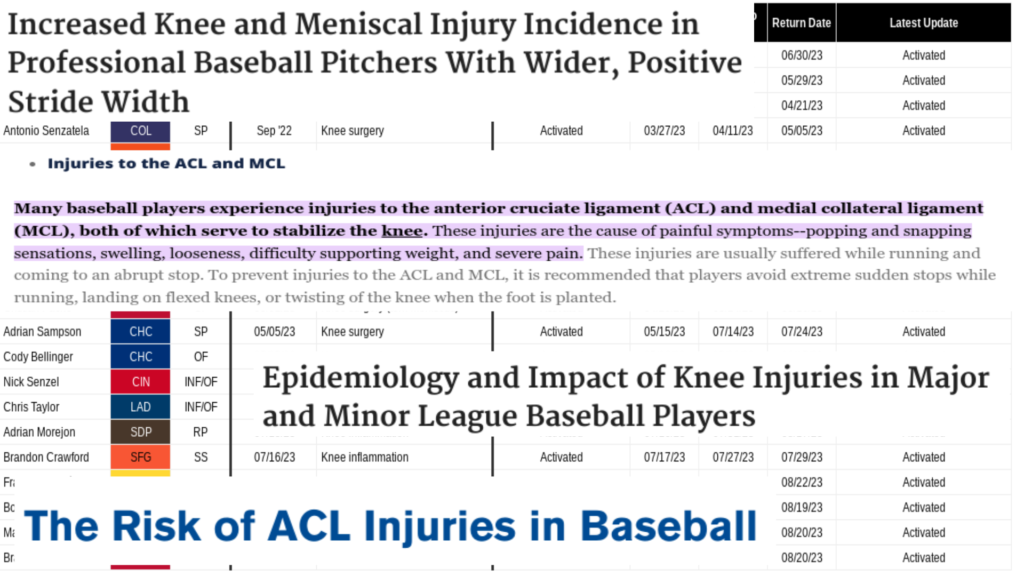Coaching, Instruction, and Knee Injuries: A Closer Look at the Connection
In the world of sports, players are frequently advised on how to improve their performance by moving their bodies more effectively. They’re encouraged to stay low, maintain a low centre of gravity, establish a stable stance, and keep connected with the ground to generate powerful movements. Players embrace these suggestions with great enthusiasm, whether they’re sprinting between bases, participating in the field, batting, throwing, or catching. However, occasionally, despite their dedicated efforts, they begin to experience severe pain in their knee or knees that prevent them from continuing to play.
Later on, when they seek advice from medical professionals, they often hear a tough truth: they’re told that their bodies aren’t equipped to perform at the absolute highest level of sports.

But here’s the surprising part: the real issue is different from what people think.
The players are getting instructions from their coaches that don’t match how their bodies naturally want to move. These coaches have good intentions, but unknowingly, they’re guiding the players to perform actions that are not suitable for their unique body motor preferences, causing them to deviate from their natural way of moving.
The directions mentioned earlier can be damaging for athletes Posterior Muscle Chain dominant athletes.
This is because these athletes can only execute turns effectively when their feet leave the ground after a rebound. If they follow the advice to stay in contact with the ground and keep their centre of gravity low, it will lead to a gradual but permanent breakdown of the joints and ligaments in their legs.
To sum it up, there’s a confusion between well-intentioned guidance and what each player’s body naturally prefers. This confusion plays a crucial role in determining whether young athletes can achieve success in their sports endeavours.
Here’s another example to illustrate: if you don’t have 100% certainty and understanding of your player’s individual motor profile, you should solely coach based on the intent, instead of providing mechanical or movement instructions.
Let the players’ natural abilities shine through!
